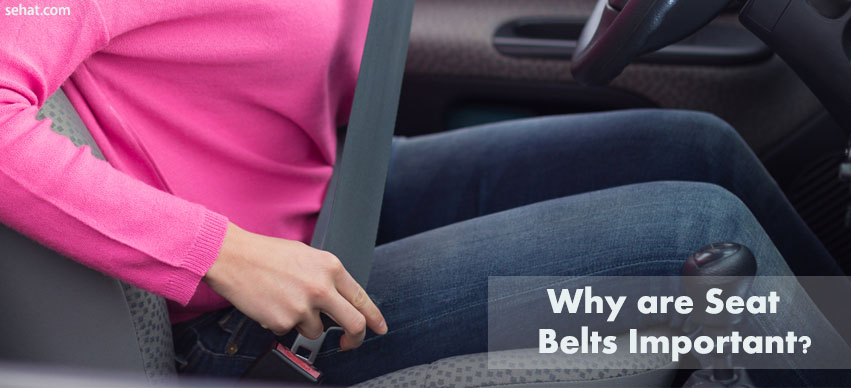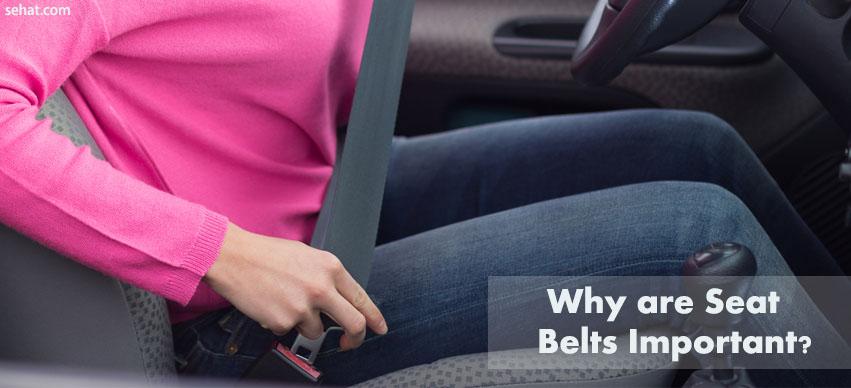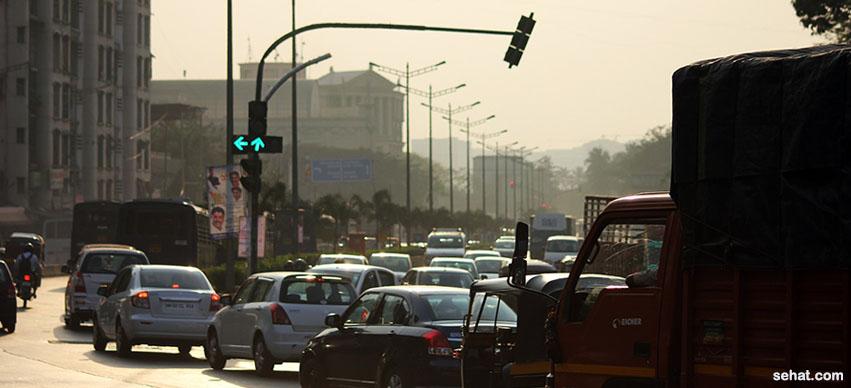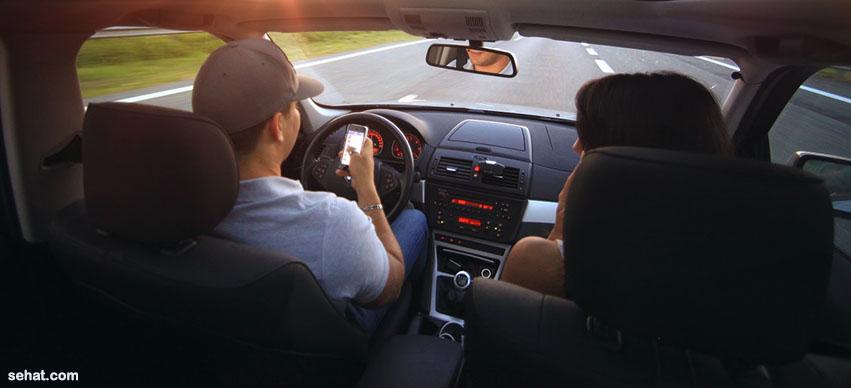Microplastics in Humans: Understanding the Risks and How to ..
8 Min Read


Seat belts have again and again and again come up as life savers, whether it is on superhighways or back roads. A seat belt can save a life in a car accident. As per an estimated research study, every year large number of lives are saved only because of buckled up seat belts. Not surprisingly, seat belts are designed to retain people in their seats. This way they reduce or prevent the extent of injuries suffered in a crash. Basically, they ensure the contact between the vehicle interior and occupant to be as little as possible, thus significantly reducing the risk of flying out of the vehicle.
Well, as is a known fact that seat belts are included in vehicles to keep the occupants safe in case of a collision or accident. Irrespective of the price of your car or highly developed security features, seat belt safety has a completely different level. All the countries throughout the world have made it a compulsory traffic rule to wear a seat belt while driving.
Every country around the world has made it a basic traffic rule to fasten the seat belt while driving. In many countries, wearing a seat belt is important not only for the driver, but also for other occupants in the vehicle. Moreover, you might end up paying hefty fines in lieu of not wearing the seat belt properly or in case of any sort of negligence towards this traffic rule.

In the stance of a sudden brake, your face might probably hit the windshield if you are not wearing your seat belt. Basically, the seat belt breaks the scientific law of inertia.
If you still wonder about how seat belts save lives, here is the reason. Actually, seat belts hold you tight and quite snugly, not providing the driver, or even the passenger, enough room to move. The seat belts feature a special mechanism due to which they get locked upon a strong sudden impact. This further prevents the driver from banging against other parts in the car, like doors, steering wheel, or dash board thus preventing injuries.
If worn or tightened in proper order during the normal driving posture, seat belts can keep you seated irrespective of the impact of a crash or a sudden stop. You might have heard about accidents wherein the driver is thrown out of the car. The consequences can be really threatening and deadly. The injuries are a bare minimum when you remain seated.
When travelling with your family and friends, if there are multiple passengers in the back seat, there are chances of them banging into one another in the incidence of a collision or even a sudden brake. This might, sometimes, cause severe injuries. However, seat belts provide protection from such sudden predicaments.

Seat belts provide complete protection for pregnant women. It is advised to wear a seat belt when driving during pregnancy. However, make sure to fasten the belt below lower abdomen. “Lap-only-belts†are not recommended for pregnant women as they can cause serious injuries in the instance of sudden impact or collision. Wearing a seat belt correctly, can protect the mother and the unborn child.
It is essential to adhere to the following points to wear the seat belt safely and correctly.
Besides wearing a seat belt correctly and properly, it is also important to check them for safety. It is important to check the seat belts regularly for damage. The most common types of seat belt damage that reduce its effectiveness in case of a crash or collision include:
Therefore, buckling up before a ride is the most important thing for a family to do so as to stay safe during the drive. So, buckle up and stay safe!